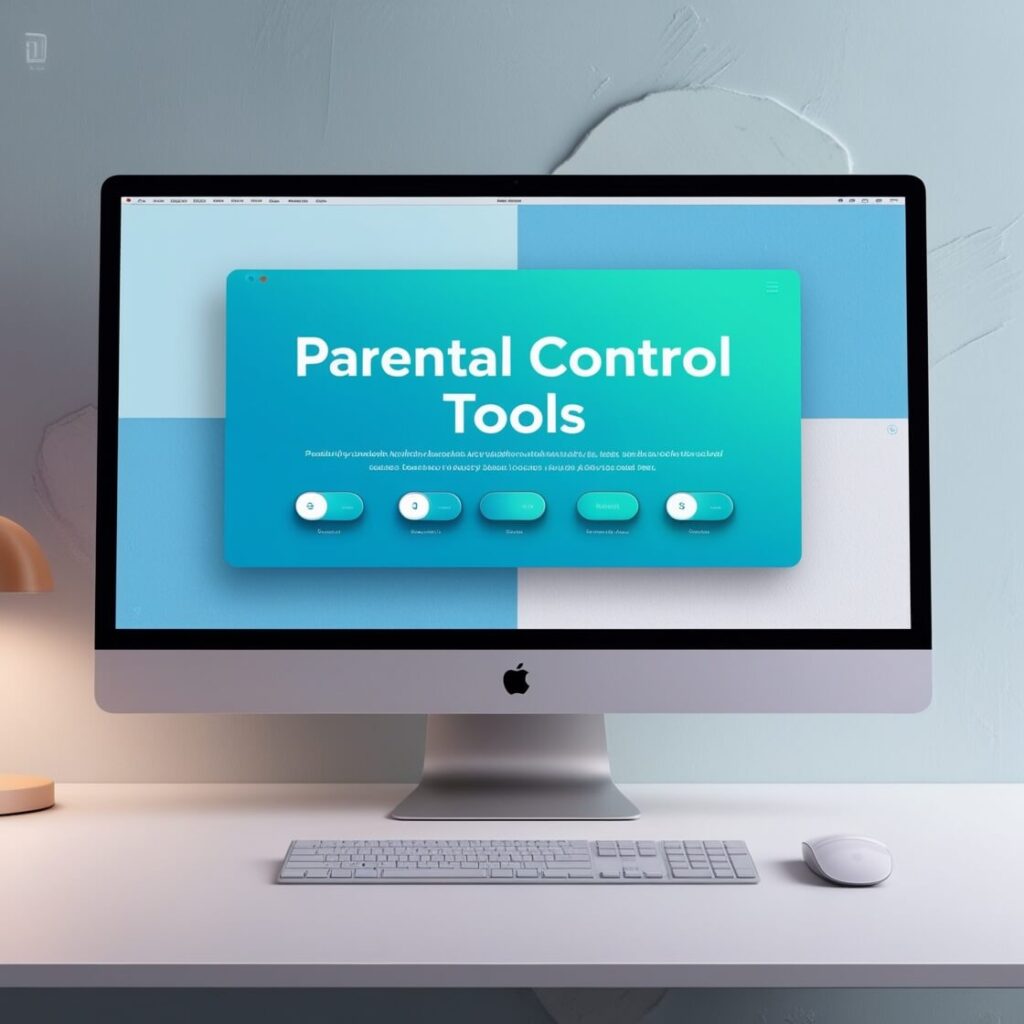In an age where technology is an integral part of our lives, the internet offers endless opportunities for learning, connection, and entertainment. However, this vast digital landscape also presents risks, especially for our children. Online predators lurk in the shadows, using sophisticated tactics to exploit unsuspecting kids. As parents, it’s our responsibility to safeguard our children from these dangers while allowing them to enjoy the benefits of the online world. This comprehensive guide outlines essential steps to guaranteed your kid’s online safety.
Understanding the Risks
Before diving into protective measures, it’s crucial to understand the landscape of online threats. Online predators can take many forms, including:
- Groomers: Individuals who build trust with children to manipulate them into sharing personal information or engaging in inappropriate conversations.
- Cyberbullies: Peers who use the internet to intimidate or harass, which can lead to emotional distress.
- Scammers: Criminals who exploit children for financial gain through phishing scams or other fraudulent means.
By understanding these risks, you can better equip your children with the tools they need to navigate the online world safely.

Step 1: Open Communication Channels
Create a Safe Space for Discussion
One of the most effective ways to protect your kids from online predators is to foster open communication. Children who feel comfortable talking to their parents about their online experiences are more likely to share any uncomfortable situations they encounter. Here’s how to create that safe space:
- Start Early: Begin discussing online safety with your children as soon as they start using the internet. Tailor your discussions to their age and understanding.
- Ask Open-Ended Questions: Instead of asking if they had a good day, inquire about what they did online. This encourages more detailed responses.
- Listen Actively: Show genuine interest in their online activities. Validate their feelings and concerns, making it clear that you’re there to help, not judge.
Discuss the Importance of Privacy
- Teach your children about the importance of privacy online. Emphasize that personal information, such as their full name, address, school, or phone number, should never be shared without parental consent. Reinforce the idea that even seemingly harmless information can be used maliciously.
Step 2: Educate Your Children About Online Safety
Provide Clear Guidelines
Establish clear rules for internet usage. These guidelines can include:
- Time Limits: Set appropriate screen time limits to ensure they don’t spend excessive time online.
- Approved Websites: Create a list of safe and age-appropriate websites or apps. Encourage them to stick to these platforms.
- Device Usage: Ensure that devices are used in shared family spaces where you can monitor their activities.
Teach Critical Thinking Skills
Empower your children to think critically about what they see online. Discuss the following:
- Recognizing Red Flags: Help them identify suspicious behavior or communications, such as someone asking for personal information or pressuring them to keep secrets.
- Understanding Risks: Teach them about the potential dangers of sharing photos, videos, or location information online.
Utilize Educational Resources
There are numerous resources available to help teach your children about online safety. Consider using:
- Books: Find age-appropriate books that discuss internet safety and online predators.
- Online Courses: Enroll them in courses that cover digital literacy and safety.
- Interactive Games: Utilize online games or apps designed to teach kids about safety in a fun, engaging way.
Step 3: Monitor Online Activities
Use Parental Control Tools
Investing in parental control software can provide an additional layer of protection. These tools allow you to monitor your child’s online activities, set time limits, and block inappropriate content. Popular parental control options include:
- Net Nanny: This software allows you to monitor and filter internet content while providing alerts for potential threats.
- Bark: Bark monitors texts, emails, and social media platforms for signs of harmful interactions, including cyberbullying and online predators.
- Qustodio: Qustodio provides comprehensive monitoring, including screen time management and activity tracking.
Regularly Check Devices
Take time to regularly review your child’s devices. Look for:
- Browsing History: Check their browsing history to see what websites they’re visiting.
- Installed Apps: Review the apps on their devices and remove any that are inappropriate or suspicious.
- Social Media Accounts: Monitor their social media accounts and encourage them to share their passwords with you for safety.
Engage in Their Online Life
Make it a point to engage with your child’s online activities. Consider:
- Playing Online Games Together: Join them in their favorite games to understand the platforms they’re using and the interactions they encounter.
- Following Their Social Media Accounts: Request to follow them on social media. This allows you to stay informed about their online interactions and friendships.
Related Post: Best Parental Control Tools For Ultimate Protection

Step 4: Foster Digital Responsibility
Model Good Online Behavior
- Children learn by example, so it’s essential to model responsible digital behavior. Share your own online experiences and demonstrate how you navigate challenges, such as dealing with spam emails or blocking unwanted contacts.
Encourage Empathy and Respect
- Teach your children the importance of empathy and respect in online interactions. Discuss how their words and actions can affect others, and encourage them to stand up against cyberbullying.
Promote Healthy Online Relationships
- Discuss the difference between healthy and unhealthy relationships. Help them recognize signs of manipulation or control in online interactions. Encourage them to prioritize friendships that are supportive and respectful.
Step 5: Stay Informed About Online Trends
Keep Up with Technology
The digital landscape is continually evolving, and so are the tactics employed by online predators. Stay informed about the latest apps, social media trends, and online threats by:
- Following Technology News: Subscribe to reputable technology news outlets or blogs to stay updated on the latest developments.
- Joining Parenting Groups: Engage with local or online parenting communities to discuss concerns and share information about online safety.
- Participating in Workshops: Attend workshops or webinars that focus on internet safety and digital parenting.
Step 6: Encourage Reporting of Suspicious Behavior
Make Reporting Easy and Comfortable
Children should know that they can report any suspicious behavior or conversations to you without fear of punishment. Establish a straightforward reporting process:
- Use Real-Life Scenarios: Role-play potential situations where they might feel uncomfortable and practice how to report them.
- Create a Code Word: Establish a code word that your child can use when they need help or feel unsafe online. This can make them feel more secure in reaching out.
Empower Them to Take Action
Encourage your children to take ownership of their online safety. Teach them how to:
- Block and Report: Show them how to block users and report inappropriate content on social media platforms or gaming sites.
- Seek Help from Trusted Adults: Reinforce that they can always come to you or another trusted adult if they encounter something troubling online.
Step 7: Prepare for Emergencies
Develop a Safety Plan
In case of an emergency, have a safety plan in place. This should include:
- Emergency Contacts: Compile a list of trusted adults, such as relatives or family friends, that your child can contact if they feel threatened or unsafe.
- Emergency Numbers: Make sure your child knows how to reach emergency services and your local authorities.
Practice Scenarios
- Conduct regular safety drills. Discuss what they would do in various scenarios, such as encountering a suspicious message or being approached by an online stranger.

Conclusion: Empowering Your Children
Keeping your children safe from online predators requires a proactive approach that balances vigilance and trust. By fostering open communication, educating them about online risks, and engaging in their digital lives, you can create a safer online environment. Empowering your children with the knowledge and skills they need to navigate the internet responsibly will help them develop into confident and informed digital citizens.
Remember, the goal is not to instill fear but to prepare and empower your children to make smart choices online. With the right tools and guidance, you can protect your children from online threats while allowing them to enjoy the many benefits of the digital world. Embrace the journey of parenting in the digital age, and ensure your children can explore, learn, and connect safely.




[…] Kids’ Online Safety: 7 Essential Steps Every Parent Must Take to Protect Against Predators […]